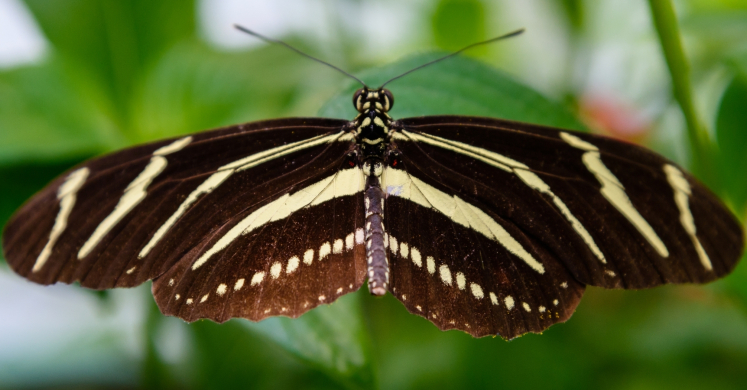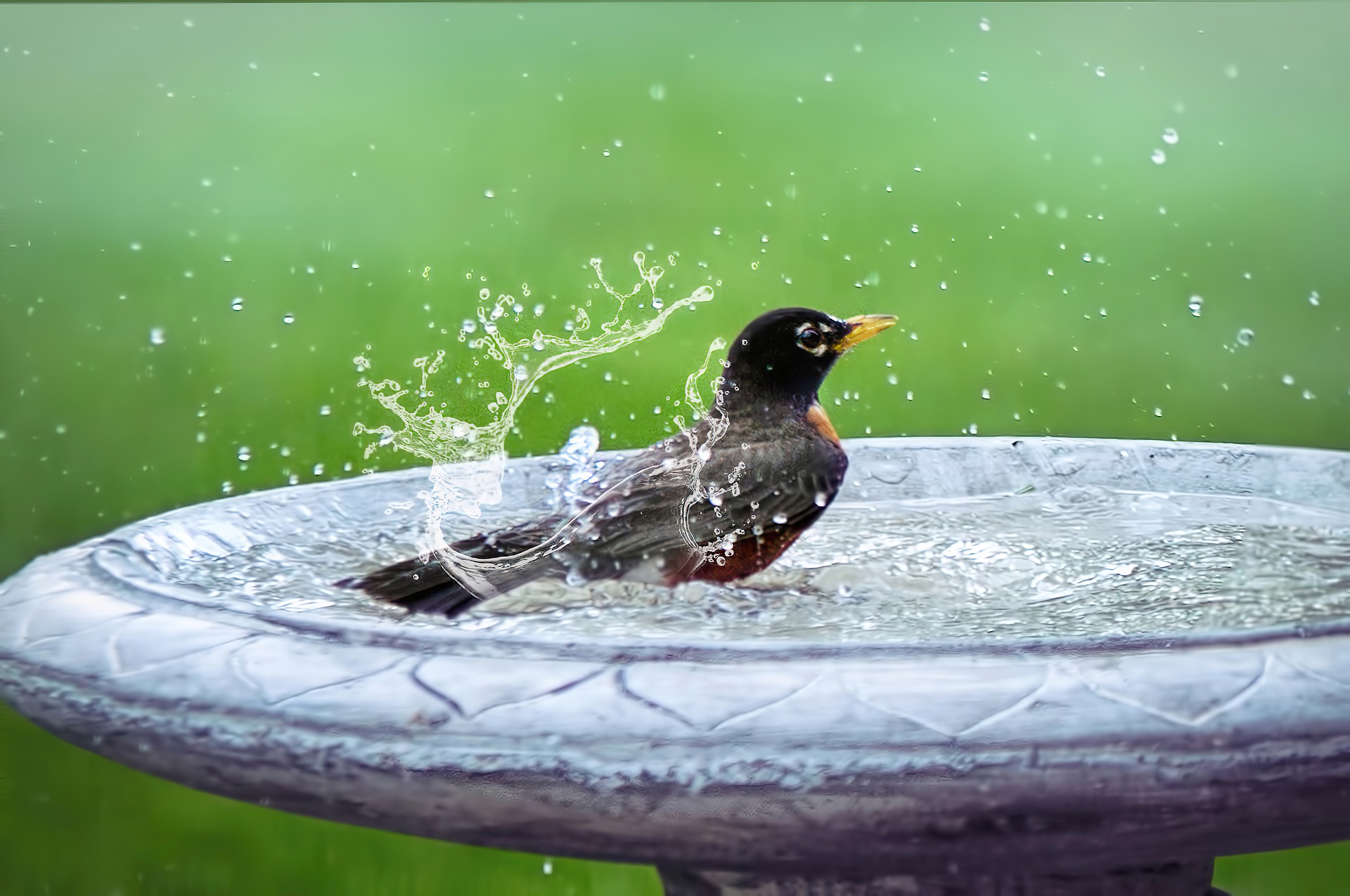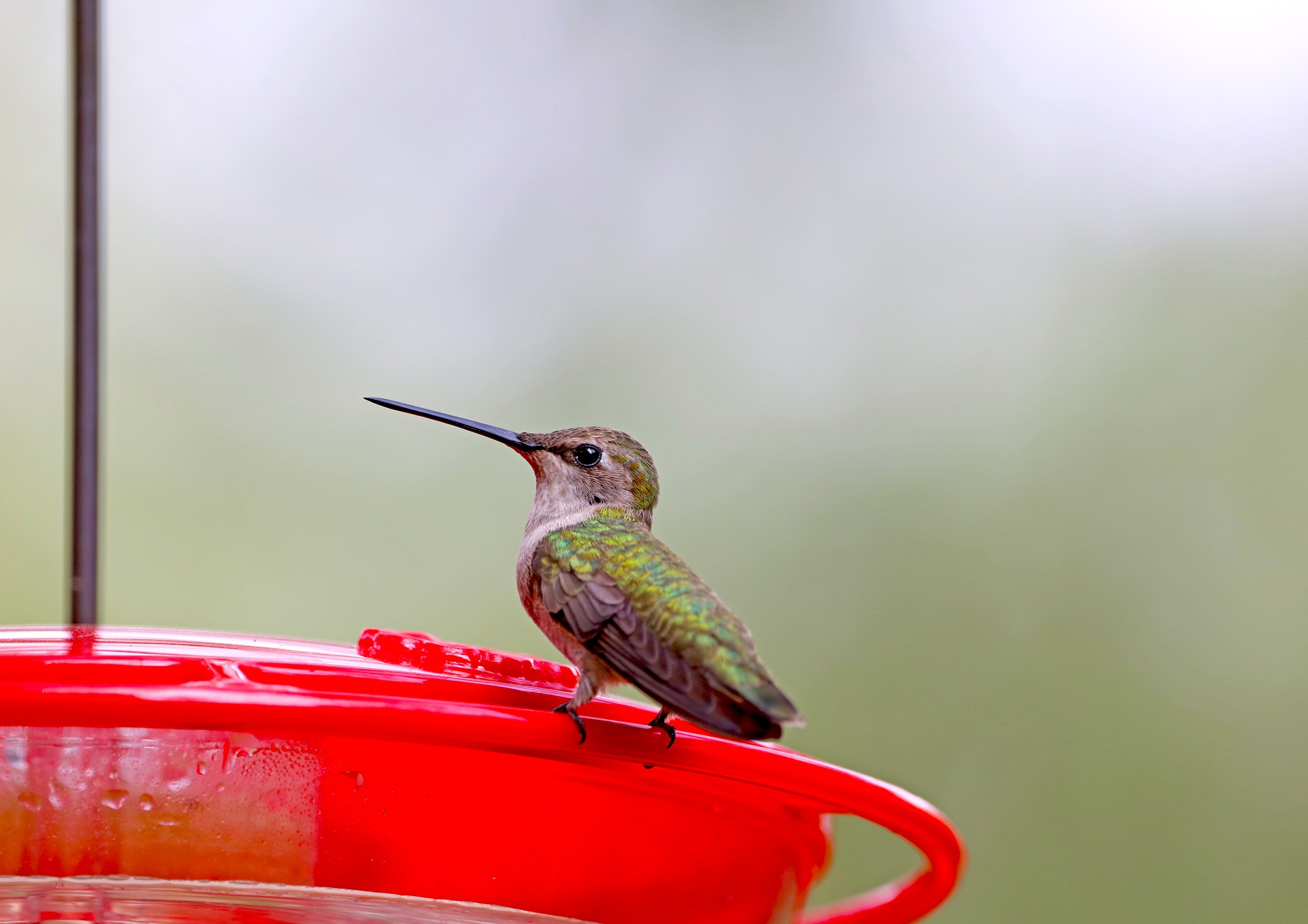Blog

Your Guide to Better Garden Biodiversity
May 22, 2021 is International Day for Biological Diversity, or Biodiversity Day. The slogan for this year is “We’re part of the solution,” so we will be sharing ideas to help you increase the biodiversity of your gardens.
Biodiversity describes the diversity of life, and everyone knows that “variety is the very spice of life, that gives it all its flavor” (William Cowper, 1785). By “life,” we mean all of the diverse species which live here on earth, including plants, animals and microorganisms. Biodiversity also refers to the differences between individuals of the same species, such as their sizes, shapes and color, as well as the different environments in which these species may live and interact, such as rivers, forests, grasslands or cities.
In our own yards we may be looking at a residential environment with a variety of plants, insects and other animals that come to visit. How many different species of plants and animals does your yard support? According to the Royal Institute of Natural Sciences of Belgium, “scientists have recorded around 1.9 million different living species on Earth”. The wildlife that we can support in our own backyards may be fairly common, yet our gardens provide important habitat for hummingbirds, butterflies, bumblebees, chipmunks, snakes and more.

Here are some ways to support a diversity of plants and animals at home:
1. Plant more native plants, which provide food and shelter for native wildlife. Visit the Audubon’s Native Plant Nursery at Beechwood Farms and ask for native plants at your local nursery.
2. Select plants that support bees, butterflies and birds. Use these resources to find plants that support biodiversity:
- Phipps Sustainable Plant Finder – select for plants that provide various ecological functions (food for birds, nesting site for birds, host plant for butterflies, etc.)
- Xerces Society Pollinaotr Plant List – This is a list of pollinator plants for our region.
- Audubon's Plants for Birds – Search for local plants that support birds and learn the different types of birds they support.
3. Learn about invasive plants in the city and in the state. Don’t purchase invasive plants. And work to control invasive plants in your garden. You can still purchase many invasive plants such as burning bush, butterfly bush and Japanese barberry. These plants should be avoided. This resource shares alternatives to these and other common invasive plants.
4. Add water and other structures that will attract wildlife. A simple bird bath can attract many birds to your yard and is so fun to watch! Of course, there are more elaborate ways to add water to you garden. Read about some of them here. Learn about adding nesting boxes here.
5. Go organic! Synthetic chemical fertilizers, pesticides and herbicides impact soil life and the critters that make their home in our gardens. Practice strategies that improve soil and garden health without the use of synthetic additives. Learn about soil biodiversity here.
For more ideas, try the European Comission's 52 Tips for Biodiversity, which will give you a new goal for each week of the year. It contains a lot of unique ideas!

Select photos © Jill Wellington, George B2, Paul g. Wiegman
